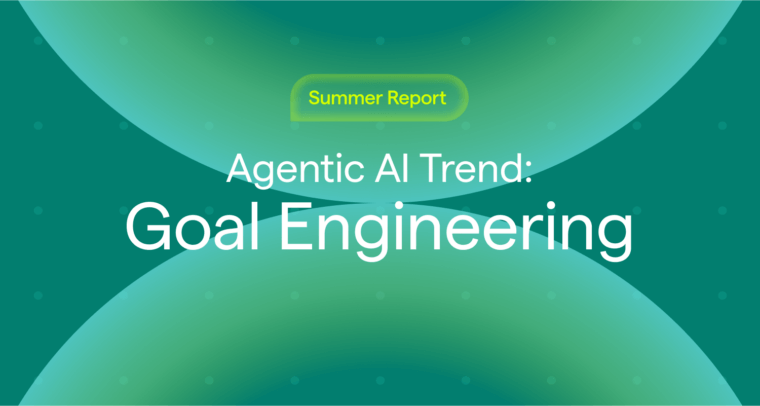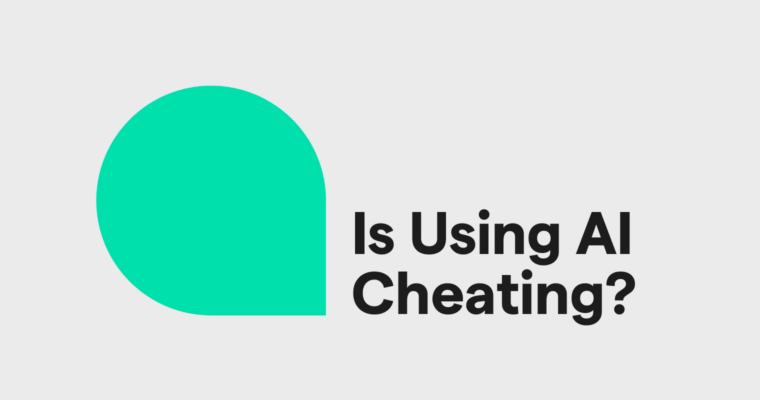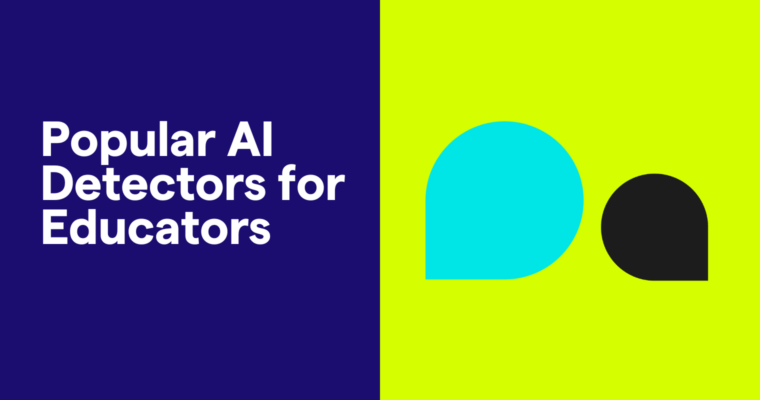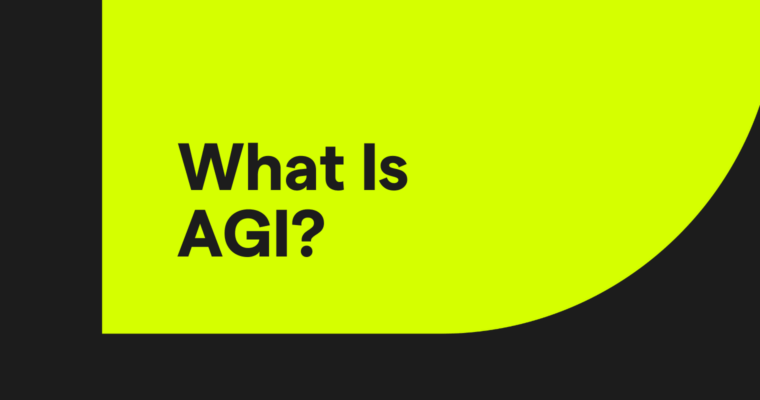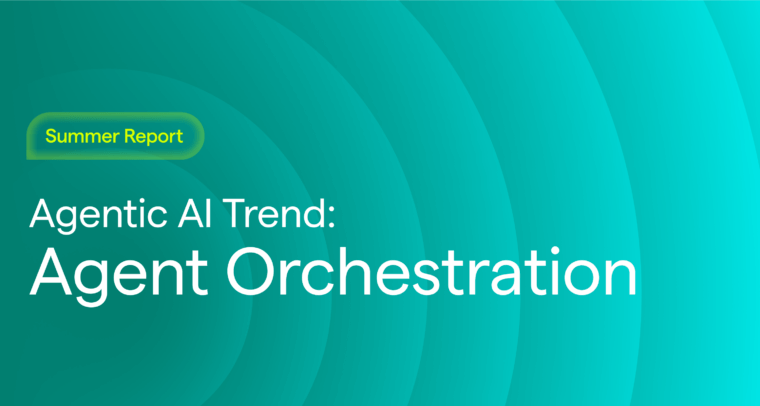
Most of what we call AI today operates independently—individual chatbots or copilots that support a specific task within a single tool. They activate when you prompt them, complete the task, and then wait for what’s next. Some live in familiar apps, but don’t connect across them. Others live in separate tabs entirely, requiring new workflows and constant context-switching.
Part of the challenge is structural. Most workplaces still operate within some form of walled garden—Microsoft, Google, or a collection of point solutions. These ecosystems are valuable, but they trap context within their boundaries. And while newer AI tools like ChatGPT offer advanced capabilities, they often introduce new silos of their own, asking teams to change how they work just to access the value.
This is where agentic AI comes in. The next, more transformative phase of AI isn’t about switching tools—it’s about orchestrating them. Agents should act like conductors, coordinating context and action across platforms so users can stay in flow and get value from each tool without needing to master every one.
What is agentic AI?
At their simplest, AI agents are software-based tools that can reason, coordinate, and complete tasks with minimal oversight. They don’t just respond—they act, pursuing specific goals based on the context you give them. That allows you to shift from being the doer to the director, with agents helping to carry the work forward.
As organizations begin to explore agentic AI, most use cases today focus on a single agent executing a single task: rewriting content, drafting emails, or summarizing meetings. These agents typically run in isolation, limited to one tool, one interface, and one output.
Your agents (and apps) will need to work as a team
The future isn’t one mega-agent that does everything. It’s a system of specialized agents that talk to one another, share context, and carry out workflows together. One agent might surface customer insights, another might summarize research, and a third might draft messaging—each building on the output of the last.
This isn’t about replacing existing tech, it’s about unlocking more value from it. For years, we’ve accepted certain limitations: tools that don’t talk to each other, users hopping between tabs and learning new tools, and workflows held together with manual glue. But agentic AI gives us the chance to expand what’s possible—not by starting over, but by connecting what’s already there.
We’ll also see a shift in how the apps we use at work are designed. Today, every app is an island with its own logic, UI, and unique friction points. In the agentic future, apps will be modular, interoperable, and agent-ready. That means exposing APIs, sharing context, and making it easy for agents to trigger actions or surface insights inside the app, or wherever work is happening.
Imagine a marketer preparing for a product launch in Coda—their preferred AI workspace. They open a Coda page titled “Launch Messaging Framework,” click into the embedded agent panel, and feed the agent their goal: “Help me generate campaign messaging in English and Spanish based on our goals, customer feedback, and current market positioning.”
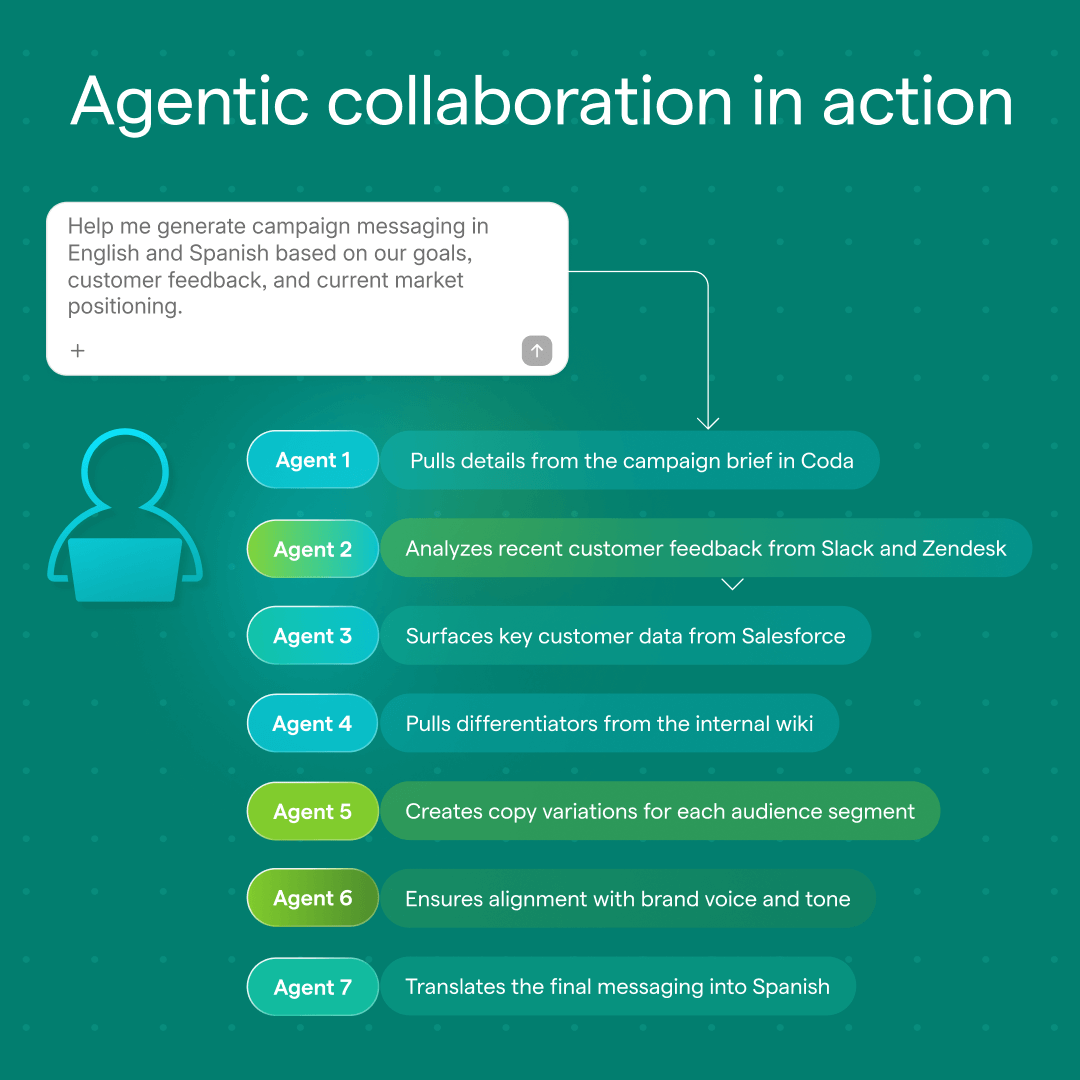
All of this happens inside the same workspace—no tabs, no tool-hopping, no fragmented context—and is actioned from one single assignment, not a series of different prompts. The agents collaborate behind the scenes while the marketer stays focused on what matters: reviewing, refining, and launching with speed and confidence.
Laying the groundwork for agentic orchestration
To prepare for this shift, leaders and teams need to move beyond thinking about one isolated task agent and start thinking about how their systems and AI agents work together. Here are a few starting points:
- Map your workflows, not just your tools. Look at the steps, people, and platforms involved in your team’s most common work, and identify where context gets lost or handoffs slow things down. These are ideal places to introduce connected agents.
- Layer agents—don’t replace them. Chatbots and copilots will continue to play important roles. The opportunity lies in combining them—orchestrating agents to produce more complex, high-impact outcomes. Think of it like building with blocks, not starting from scratch.
- Invest in platforms that are agent- and app-ready. Whether it’s your knowledge base, CRM, or internal comms platform, your tools should allow agents to access data, trigger actions, and move seamlessly across surfaces. Future workspaces will be fluid, not fixed.
At Grammarly, we’re designing for this future now—building modular, layered, and context-aware agentic experiences that can collaborate across your team’s tools and surfaces. It’s not about a single agent doing everything. It’s about an orchestrated system where the right agents show up at the right time to move work forward.
– Ailian Gan, Director, Product Management at Grammarly

